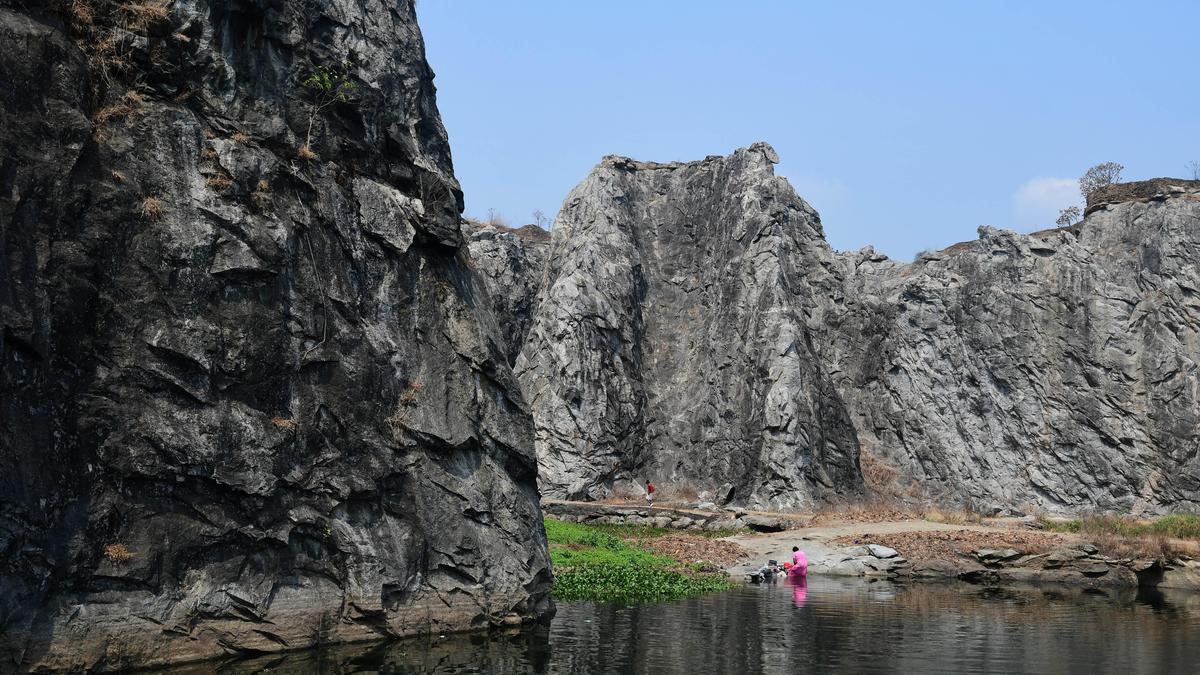Home / Environment / Kerala Sand Ban Sparks Quarry Boom, Threatens Wildlife
Kerala Sand Ban Sparks Quarry Boom, Threatens Wildlife
21 Nov
Summary
- Kerala's river sand mining ban led to a surge in stone quarrying.
- Many new quarries are located near protected wildlife areas.
- Quarries expanded significantly, with some doubling in size post-ban.

A ban on river sand mining implemented in Kerala in January 2016, aimed at safeguarding river ecosystems, has inadvertently led to a substantial rise in stone quarrying. The extraction of natural sand was replaced by manufactured sand (M-sand), derived from crushing rocks, which fueled an increase in quarry operations across the state.
Scientists from NIT Calicut observed that quarries within 10 km of protected areas expanded by an average of 174% in 2016 alone. Notably, some quarries near the Malabar Wildlife Sanctuary and Silent Valley National Park saw dramatic increases in size, raising serious environmental concerns.
This intensified quarrying activity near sensitive ecological zones presents an unanticipated threat to biodiversity. The unintended consequences of the sand mining ban highlight the complex socioecological trade-offs that can arise from environmental regulations, potentially impacting local ecosystems and wildlife habitats.



